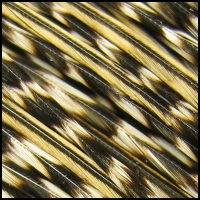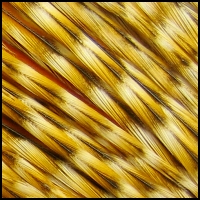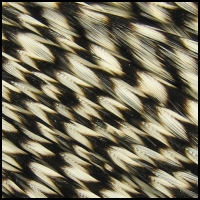What Is A Variant?
We are often asked what does ‘variant’ mean? Simply put, if a feather pelt is labelled variant, it has variable feather colors and patterns. It does not mean the quality of a pelt is variant. For example, a grizzly variant is predominately grizzly and typically has any one of these feathers also on the pelt: badger, furnace, brown.
The quantity and pattern of variant feathers varies from pelt-to-pelt and is as unique as your fingerprint. A true variant is considered to have a potpourri of colors and feather patterns. True variants are labelled simply as ‘variants’, without a color prefix to indicate the core color or pattern (e.g. – grizzly variant). Pelts with just a handful of variant feathers are usually labelled with the core color first and then the suffix ‘variant’ to indicate there is some quantity of variant feathers on the pelt. Typically, if the pelt has 50% or more of variant feathers, it is labelled as a true variant. If a pelt has less than 50% variant feathers, it is labelled with its core color and the ‘variant’ suffix.
Grizzly Variant – A Visual Case Study
An overlooked value in fly tying is the grizzly variant feather pelt. The word ‘variant’ oftentimes dis-interests the hobby tier looking for a pure grizzly pelt. However, the common feathers found on a grizzly variant can include badger, brown, coachman and furnace, making the grizzly variant feather pelt a real find to the hobby tier. These variant feather colors are certainly useful in many fly patterns today. Even to a volume tier or commercial tying company, the grizzly variant pelt can offer value in a marketplace that at times can be difficult to get pure grizzly.




